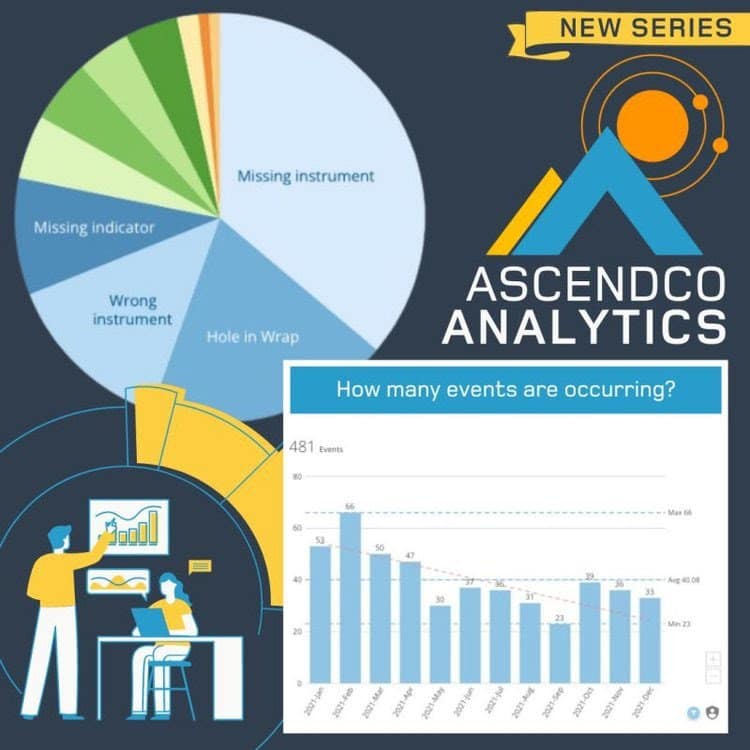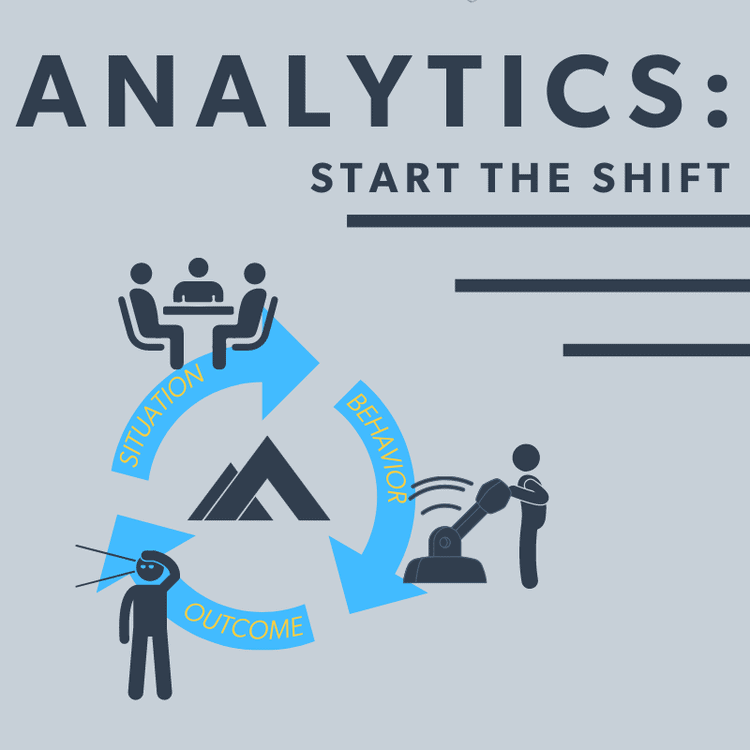With experience often comes a keen sense of intuition, a “gut feeling” that is all too familiar to SPD and OR leaders. There are certain trends that sterile processing and perioperative leaders can pick out a mile away. These are inherent patterns that exist in the daily operations of the departments. This intuition can be difficult to explain to others who do not have the same level of experience, or validate to leadership when additional resources are needed to remedy the identified issue. When it comes to advocating for your department, opinions must be backed by rock-solid data.
We are referring to building a compelling narrative to support your intuition and using data to positively influence the final decision. Without data, decision-makers might lean in the wrong direction or fail to make a decision altogether. According to Lydia Hooper, your data storytelling should be comprised of four components:
- Context for communication
- Narrative
- Data
- Visual Design
Incorporate these elements to tap into the psychological power of storytelling. Several areas of the brain light up when hearing a story including the areas for language comprehension, emotional response, and empathy for others. With a well-formulated story, context can be provided for the data collected and the need for action can be properly communicated.
So keep following your intuition to make improvements in your department, and sharpen your data storytelling skills to validate your ideas. Share your findings with the Ascendco Analytics team (contact@ascendcohealth.com).
For more information about this topic, contact us or click the links below to read more about it!
It’s Time
to embark on your analytics journey.

Actionable Analytics
Gain access today to our newest series, Ascendco Analytics!

Begin to shift your mindset
Start with the SBO technique!

